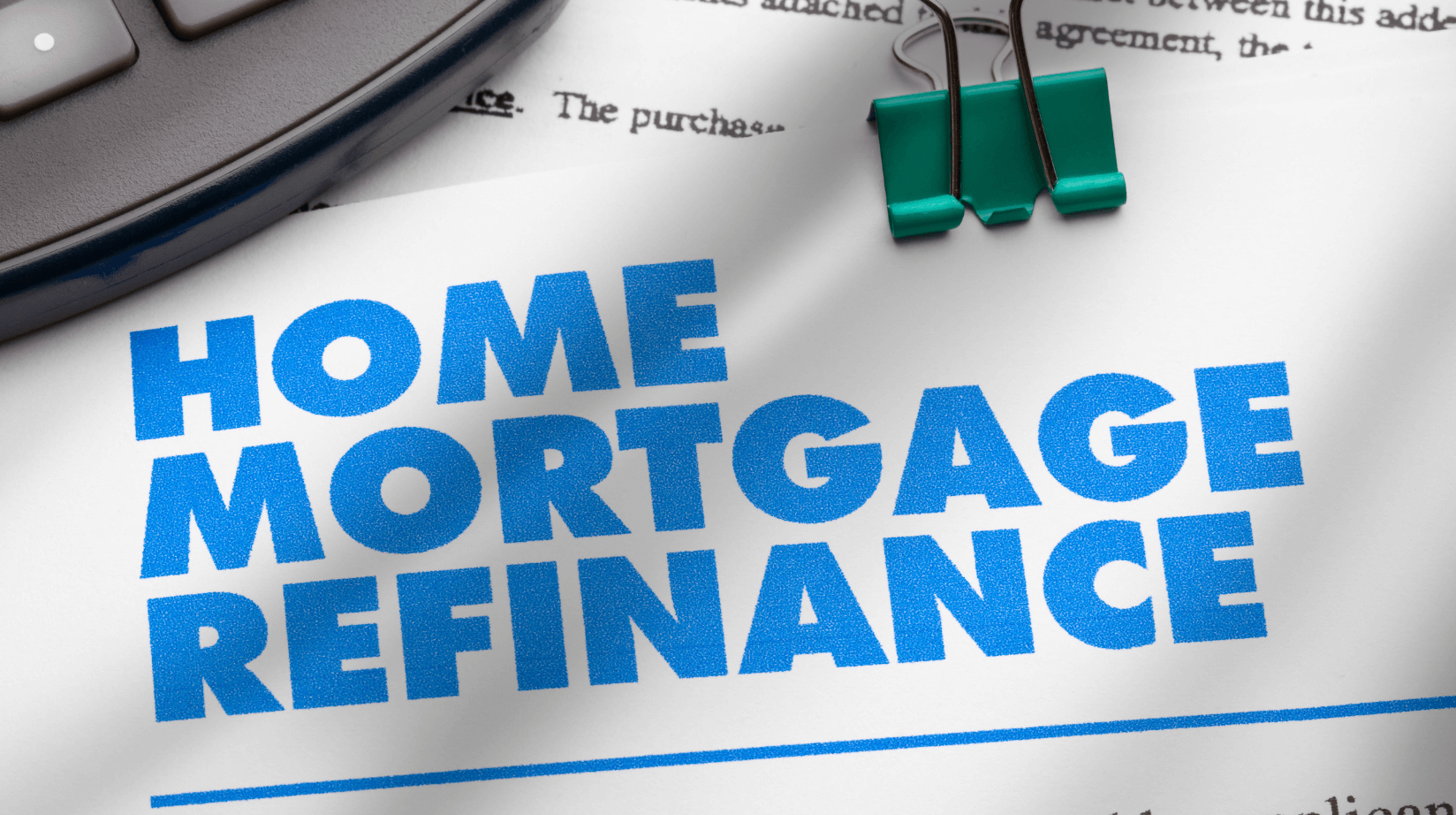Purchasing an old home vs. a new home
Although depreciation is never the primary reason why you buy property, it certainly has quite a bearing on the cash-flow of your property that you cannot overlook.
There are many considerations that must be made when you are deciding whether to purchase an existing property or a brand-new property for investment purposes.
As outlined below, you will want to weigh the advantages and disadvantages of each asset to ensure you are purchasing the right one to suit your needs.
EXISTING PROPERTIES
Pros:
- Existing properties are cheaper. They generally have a lower entry price point which can work in your favour when it comes to cash-flow. A lower price point may mean lower bank-loan commitments equating to less money required to hold the property in terms of loan repayments.
- Existing properties can claim Division 43 – Capital Works depreciation of the property if it was built after the 16th of September 1987. Furthermore, Capital Works is unaffected by the number of previous owners who have bought the property since it is dependent on the original build costs. This means that regardless of whether you are the first owner or the tenth owner, you are still eligible to claim depreciation on the condition that it is built between 1987 and now.
- Properties that have been renovated can claim these renovations as capital improvements for tax depreciation. This applies even if a previous owner performs these renovations which can be depreciated at 2.5% over a 40-year period from the estimated renovation completion. If you are completing the renovation, you will be entitled to claim on both the building and fixtures fittings such as washing machine and kitchen equipment. Capital improvements or renovations must be undertaken after 27th February 1992 for you to claim depreciation on these assets.
Cons:
- Second-hand properties bought after the 9th of May 2017 are no longer eligible to claim second-hand plant and equipment of the property. This will lower the amount depreciation you would be able to claim in the first few years.
- Properties built before the 16th of September 1987 will not be eligible for depreciation on the capital works. While renovations made by yourself or previous owners can still be claimed as capital improvements, it may have very little value as a $4,000 renovated kitchen will only yield $250 per year in deductions.
- Existing properties tend to encounter maintenance issues due to their age. This can lead to unforeseen costs which need to be accounted for with contingency money set aside. You should get a thorough building inspection report of the property in order to reduce the risks of these unforeseen costs. As a result, unforeseen maintenance costs can throw out your cash-flow forecasting.
BRAND-NEW PROPERTIES
Pros:
- You can claim tax depreciation on both the plant and equipment and the building itself of a brand-new investment property. In addition, strata items can also be claimed where applicable, increasing the amount of depreciation claimable.
- Brand-new properties will generally yield higher depreciation compared to second-hand properties. This is due to the cost of building increasing each year from market factors such as CPI (Consumer Price Index).
- Government grants are often available for brand-new properties. Incentives from the government are often available for purchasing brand-new properties such as First Home Owners Grant (FHOG).
Cons:
- Brand-new properties are generally more expensive compared to existing properties. This makes purchasing a brand-new property more difficult due to the higher price point which can often be compounded with the lack of income during periods when the property is untenanted.
- Brand-new properties are limited in the number of renovations that can be performed on the property. This means that the value of the property may be difficult to increase and so the capital growth the property may take longer to be achieved.
It is important that you contact a Quantity Surveyor for a tax depreciation report if you have a brand-new investment property as this will assist you in maximising your wealth in the long run. With existing properties, we recommend you check with a qualified Quantity Surveyor to determine if it is worthwhile in obtaining a report (in most cases, it is). As advising Quantity Surveyors, we will always check if an investor’s property is feasible prior to proceeding with the report to ensure you are receiving the maximum return.
Tuan Duong is the Director of Duo Tax Quantity Surveyors. One key vision of the business is to ensure all property investors are well equipped with the right tools and knowledge about property tax depreciation.
With a multitude of property types in Australia, Tuan’s team are able to prepare tax depreciation schedules for properties as small as a granny flat or office suites to large scale multi-storey developments. The pivotal success of Duo Tax stems from an ability to provide a personalised touch to what is a very streamlined engagement process.
For further assistance, email Tuan Duong on: info@duotax.com.au
** General Advice Warning
The information provided on this website is general in nature only and it does not take into account your personal needs or circumstances into consideration. Before acting on any advice, you should consider whether the information is appropriate to your needs and where appropriate, seek professional advice in relation to legal, financial, taxation, mortgage or other advice.




